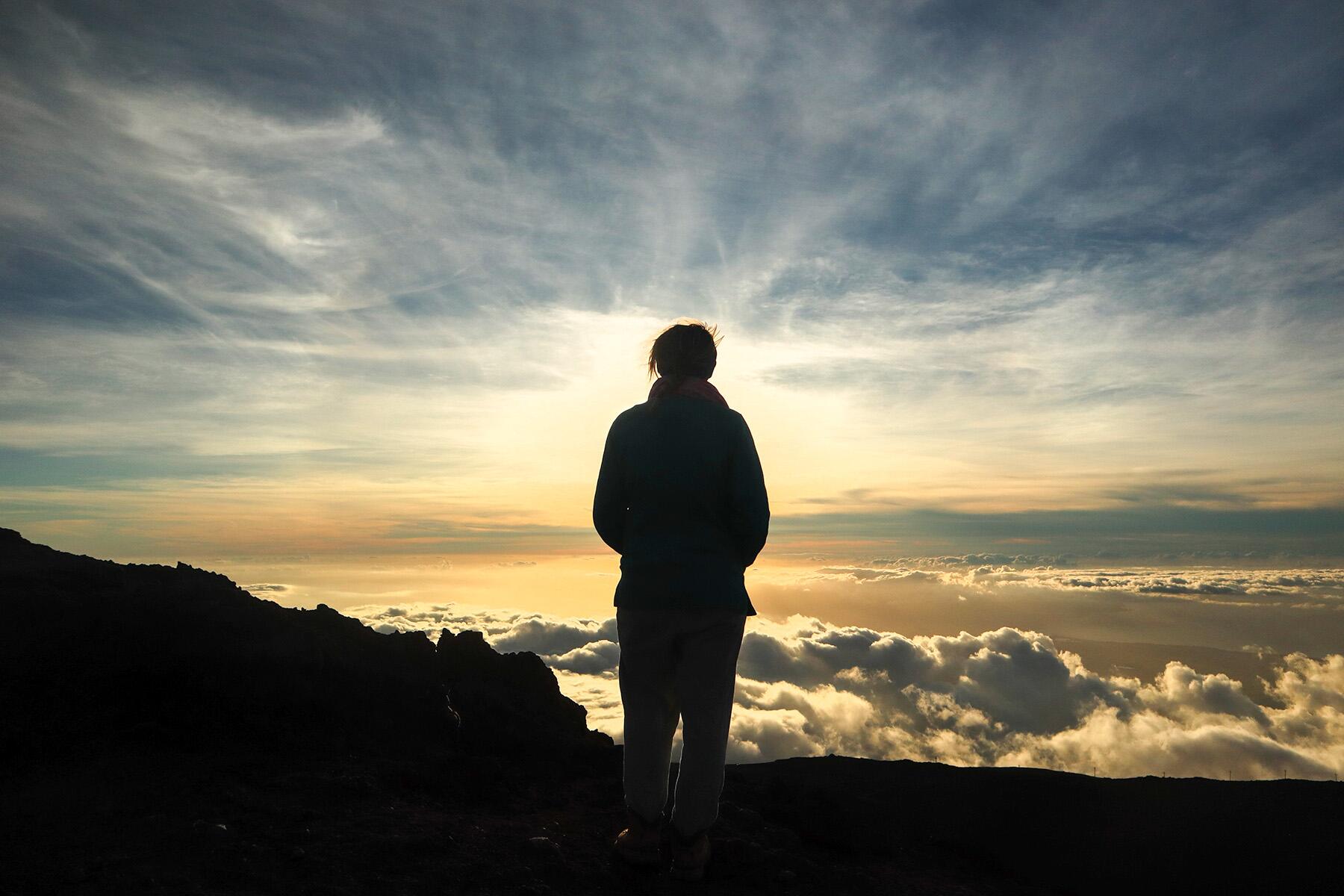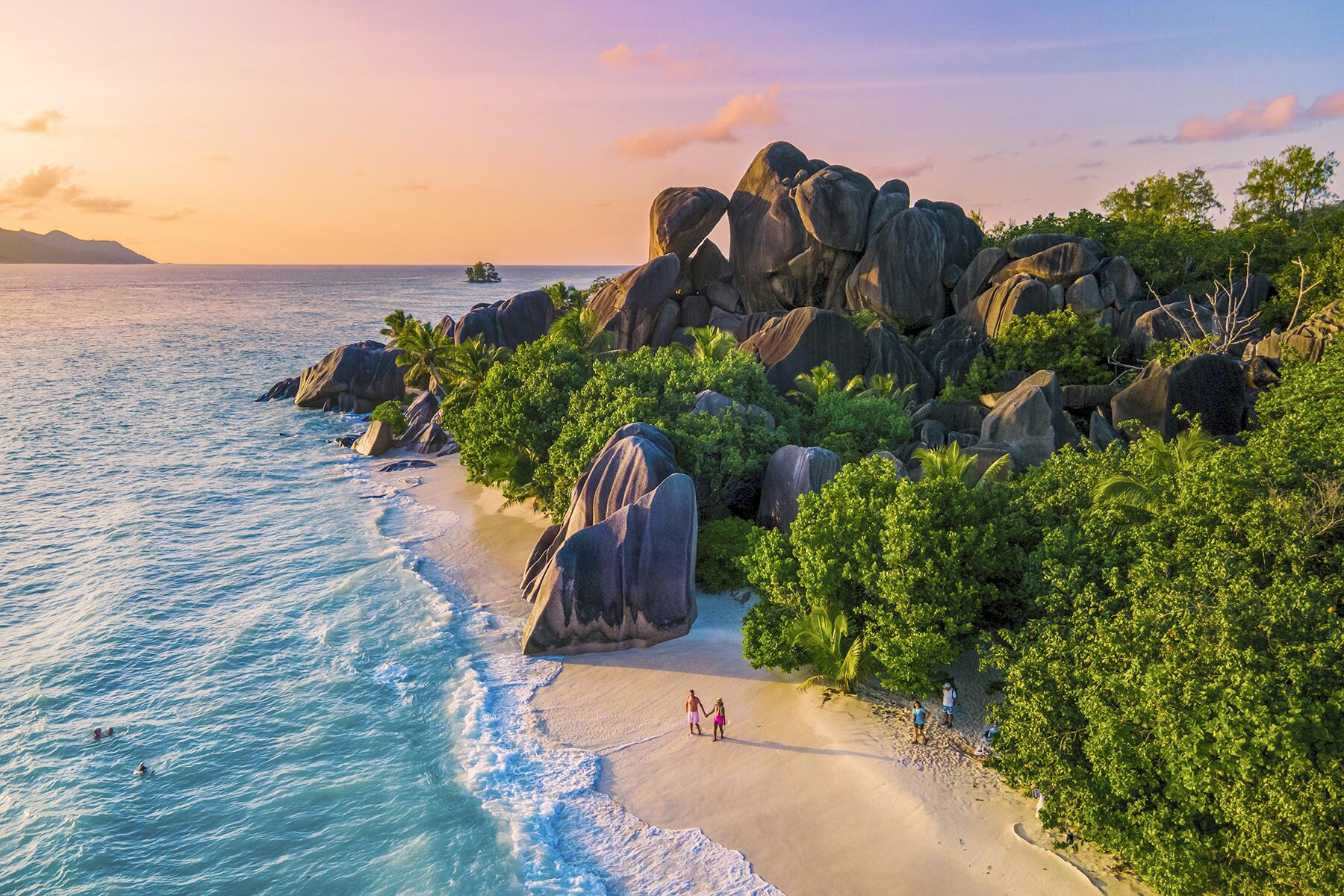All of the people in your party have died.
The mid-19th century was a boom-time for travelers. Advances in science and industry spawned a new generation of often-wealthy western explorers who began to roam abroad, intrigued by the blanks that still existed on the maps and the prospect of the big game they might find there.
So many would-be explorers besieged the Royal Geographical Society for information that the RGS’s leaders began to publish pamphlets of advice, including Hints to Travellers and The Art of Travel, the latter written by RGS fellow Francis Galton. The works proved so popular they were rewritten and republished again and again to include ever more detail. What was the daily mileage expected of an elephant, or the average pace of a camel? You could find it here, along with instruction on how to read a sextant, and the best type of slipper for a gentleman to carry abroad. These guides give extraordinary insight into the travelers’ attitudes in an era when many of the world’s cultures were encountering each other for the first time. Some pieces of advice remain sound today; others don’t. Here are selected highlights to horrify the modern traveler.




